- Joyce
- 發布於 Aug.20,2025

今天來聊聊「原來如此」的英文到底要怎麼說吧!
延伸閱讀 >> 「沒吃早餐」不是 didn’t eat breakfast?來看這些台式英文你有沒有中招!
「啊~原來如此」你可能常常這樣說,但要翻成英文時,腦袋卻一片空白,最後只冒出日文的「So desu ne」。
今天就來聊聊「原來如此」的英文到底要怎麼說吧!
I see.
這是最簡單也最安全的翻譯。語氣平靜,不帶太多情緒,適合日常聊天。
A: I didn’t answer your call yesterday because my phone died.
我手機沒電所以昨天沒接你電話。
B: I see.
原來如此。
That makes sense.
這是最常用的「原來如此」的英文說法,表示「合理了,我懂了」。幾乎任何時候都適用。
A: The shop is closed today because it’s a public holiday.
今天店休是因為國定假日。
B: Ah, that makes sense.
原來如此。
Oh, I get it now.
比較口語,像是「啊哈!我懂了!」的感覺。
A: You have to press this button first, then it works.
要先按這個按鈕,機器才會動。
B: Oh, I get it now!
喔~我懂了!
No wonder!
「難怪」也很適用於想表達「原來如此」的情況。
A: She stayed up all night watching dramas.
她熬夜追劇到天亮。
B: No wonder she looks so tired today!
難怪她今天這麼累!
That explains everything.
這句就很像偵探破案後,其他人驚呼的語氣。
A: The missing key was in your bag the whole time.
遺失的鑰匙其實一直在你包包裡。
B: Ahh! That explains everything.
啊!原來如此!
So that’s how it is.
這個就比較戲劇化一點。適合用在聽到一個新消息,或是得知事情出乎意料時。
A: He quit his job because he wants to travel the world.
他辭職是因為想去環遊世界。
B: So that’s how it is.
原來如此啊!
It all adds up.
這句有點理性的味道,表達的是「事情串起來、拼湊起來了」這種感覺。
A: He borrowed money from everyone and then disappeared.
他到處借錢,然後人就消失了。
B: Hmm… It all adds up.
嗯…一切合理了。
That’s why.
這個口語上很實用,直接翻成中文就是「這就是為什麼」。
A: I didn’t eat lunch, so I’m super hungry now.
我沒吃午餐,所以現在超餓。
B: Oh, that’s why.
喔~原來如此。
總結!「原來如此」在英文裡沒有固定翻譯,但根據情境可以用不同的說法:
- 平靜理解:I see.
- 最百搭:That makes sense.
- 恍然大悟:Oh, I get it now.
- 難怪:No wonder!
- 破案感:That explains everything.
- 有點驚訝:So that’s how it is.
- 理性推論:It all adds up.
- 找到原因:That’s why.
下次再有人跟你解釋事情,就試試看用上面的句子表達吧!
延伸閱讀 >> 糗爆!這些台式英文標語,外國人看了超傻眼
單字片語整理
Words in Use
Practical Phrases
Push that button, and you can withdraw your money.
按下那個按鈕,你就可以領錢了。
Last night, I stayed up until one.
我昨晚熬夜到 1 點。
Can I borrow some money from you? I need to buy a bike.
我能向你借一些錢嗎?我需要買輛腳踏車。





